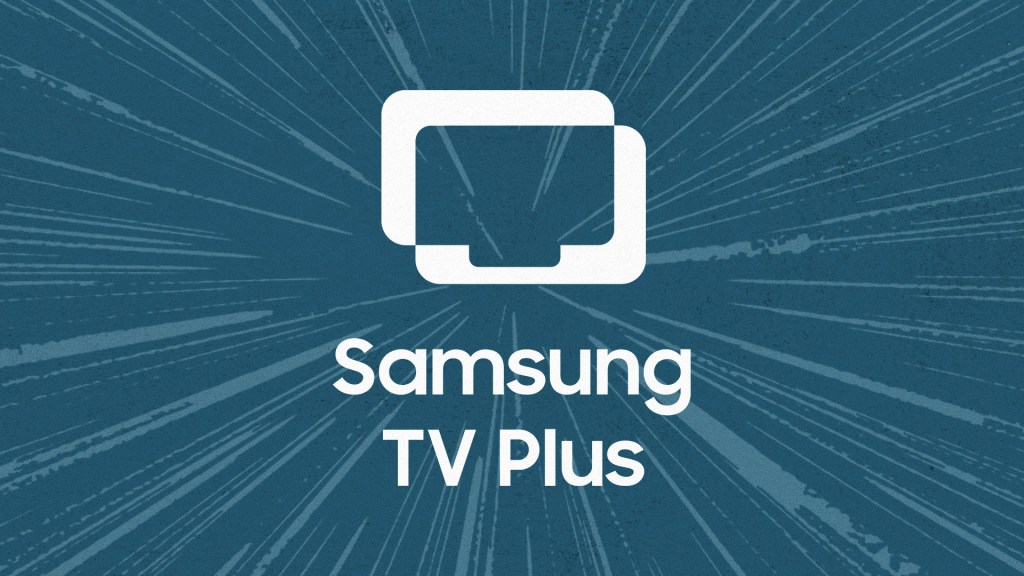Does Streaming Hurt Theaters? This Survey Says It Helps
In this article
As the studios experiment with more aggressive digital release strategies that shrink the traditional exhibition window, the conventional wisdom has been that increasing the availability of first-run titles at home via premium on demand will cannibalize box office.
But a new survey conducted by Roku and the National Research Group suggests streaming doesn’t automatically drive consumers away from movie theaters, as many assume. Under the right circumstances, the relationship between the two industries can even be a symbiotic one.
Conducted in January 2024, the online survey consisted of roughly 2,200 U.S.-based consumers 18-64 who watch at least one hour of streaming content a week. Some 1,900 respondents were categorized as “moviegoing streamers,” which included those who had seen at least one film in the theater within the past year.
The most apparent conclusion that Roku and NRG found? “Streamers are moviegoers, and moviegoers absolutely love to stream,” said Summer Salazar, Senior Manager of Media & Entertainment at Roku.
Around 61% of total respondents had seen at least two movies in the theater over the past six months, which increases to 74% when including those who have been at least once. While medium (10-20 hours a week) and light (less than 10 hours a week) streamers were more commonly those paying the theater multiple visits, even 40% of heavy streamers (20-plus hours a week) still went to the theater once.
In other words, streaming platforms on their own aren’t directly deterring people from the box office. But what about when a movie is released on streaming while still playing in theaters, a polarizing release tactic popularized by SVOD platforms and exacerbated by the pandemic?
While 45% of total respondents said they would prefer to stream a new movie at home over going to the theater, a similar percentage (37%) said they’d be open to either watching in a theater or streaming at home. That number increases to 41% among moviegoing streamers.
Indeed, there is precedent for theatrical films to see a box office boost following an early digital release — 2022’s “Puss in Boots: The Last Wish” became a sleeper hit despite being exclusively in theaters for 16 days.
Unsurprisingly, the biggest factors behind why consumers prefer to stream over going to the movies are cost and convenience. Some 62% of moviegoing streamers cited price as the top reason for streaming a movie at home, followed by the ability to watch on one’s own time (59%) and being able to pause and rewind (45%).
That said, these same consumers can be convinced to go out to the theater if a given movie offers enough of a unique experience. Half of moviegoing streamers said some movies simply need to be seen on a theater screen, while nearly as many cited social gatherings and quintessentially theater perks such as popcorn as key motivators. “Barbenheimer” is the biggest recent example of people going to the movies for the experience itself.
For Roku and NRG, these preferences speak to the importance of studios and streamers taking note of the “moviegoing streamers” and their potential to drive this connection between streaming and movies through their desire for experiences and love for film.
“Going into this research, we knew the archetypal narrative of streaming being a direct threat to the moviegoing experience,” said NRG Research Director of Trends & Futures Fergus Navaratnam-Blair. “Based on our own research that we've done, we know the reality is more complicated than what that very simple narrative suggests.”
Motivating these streaming consumers to go out to the theater is where a free ad-based streaming platform like Roku comes in. While marketing films on social media platforms is a proven path to success, 44% of moviegoing streamers said watching a trailer they saw on a streaming service made them more interested in purchasing a movie ticket. This metric was slightly higher than both social media (43%) and traditional TV (41%).
“About a year ago, Roku decided that, with the changing landscape we've been seeing in the marketplace, we had an opportunity in the marketplace to share with studio executives across the globe what that change means when it comes to consumer streaming habits and then theatrical moviegoing habits,” said Salazar.
This fact presents movie studios with a strong argument to work with these free, ad-based streaming platforms. As streaming subscriptions continue to increase and consumers search for ways to save, FAST channels have hit similar growth rates to major SVOD platforms such as Netflix and Disney+ over the past year.
Roku in particular has had a 60% increase in TV viewership from July 2023 to this past July, according to the latest Nielsen Gauge report. And with no ad-free options for FAST channels, all users are poised to watch the latest movie trailers.
Conversely, FAST channels including Roku stand to gain from a healthy box office, seeing as most of their library consists of licensed content rather than original shows or movies released straight to the platform. Streaming viewers will see a trailer on Roku, go to a theater, possibly watch that movie again when it hits streaming and so on.
For Roku and NRG, this consumer data shows the cyclical relationship between movie theaters and streaming platforms not only exists but is an essential part to both fields’ respective success.
Contact Roku for more information on the survey results.









